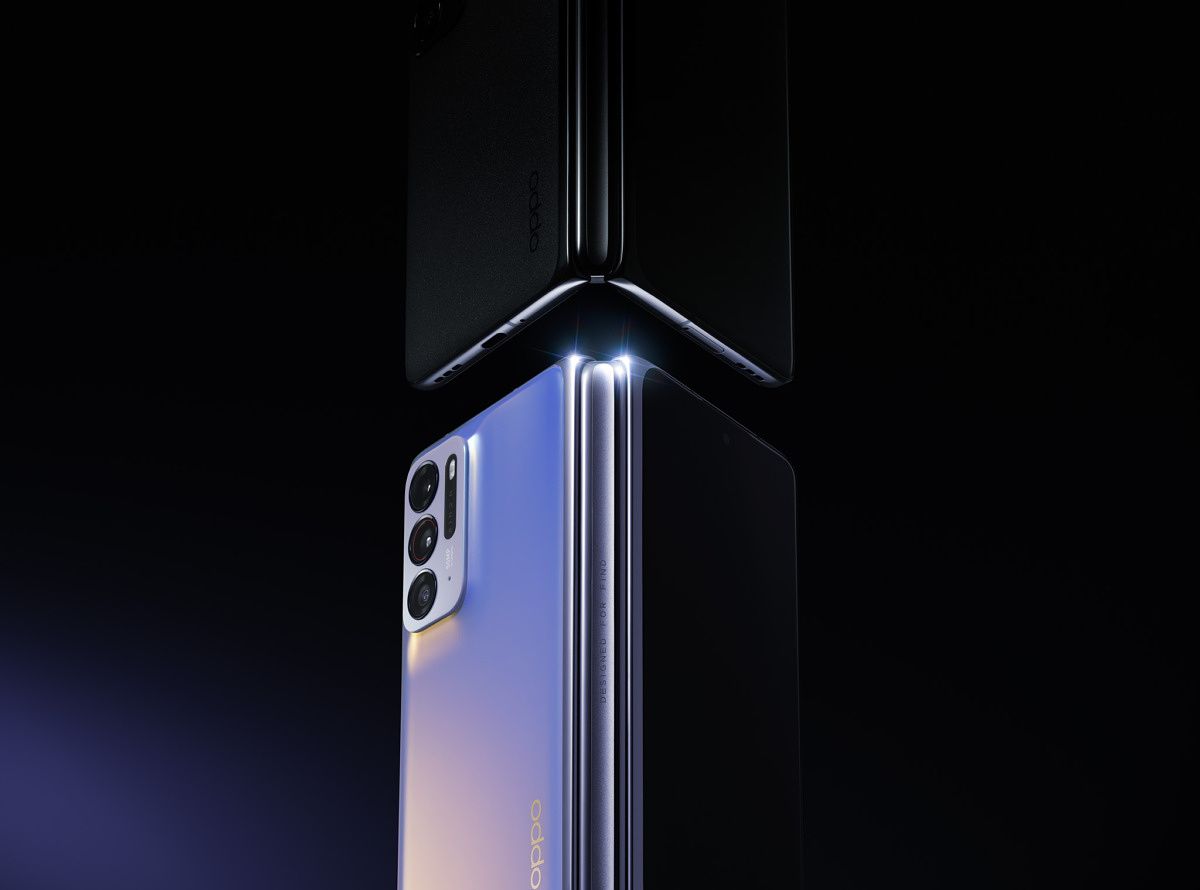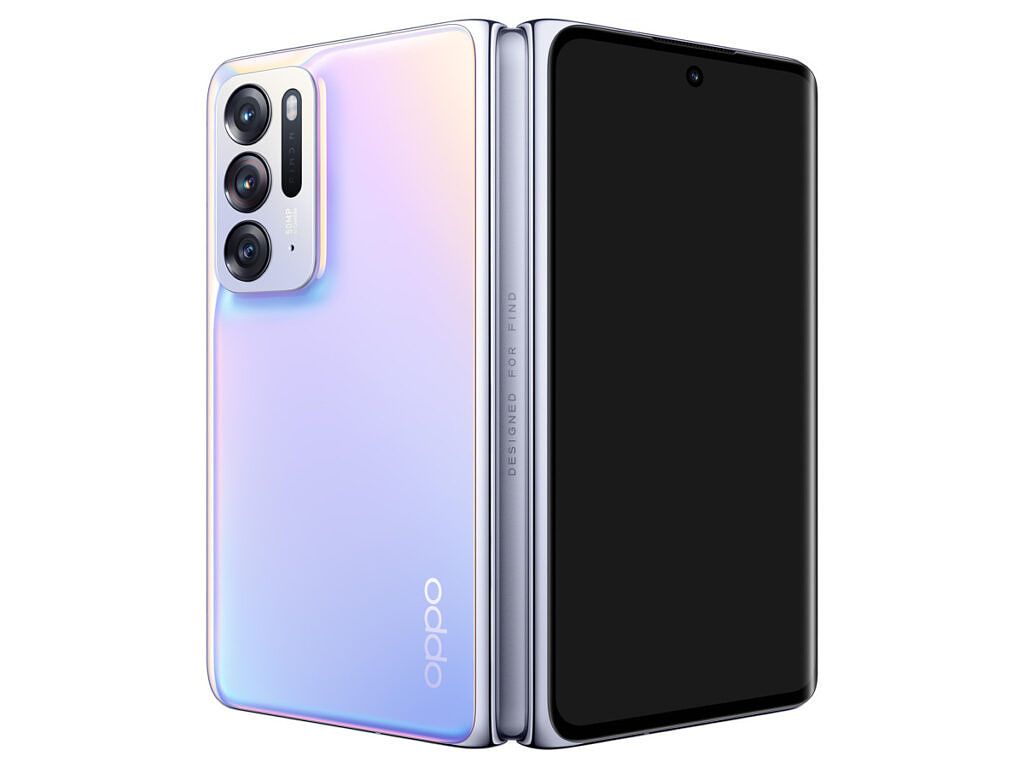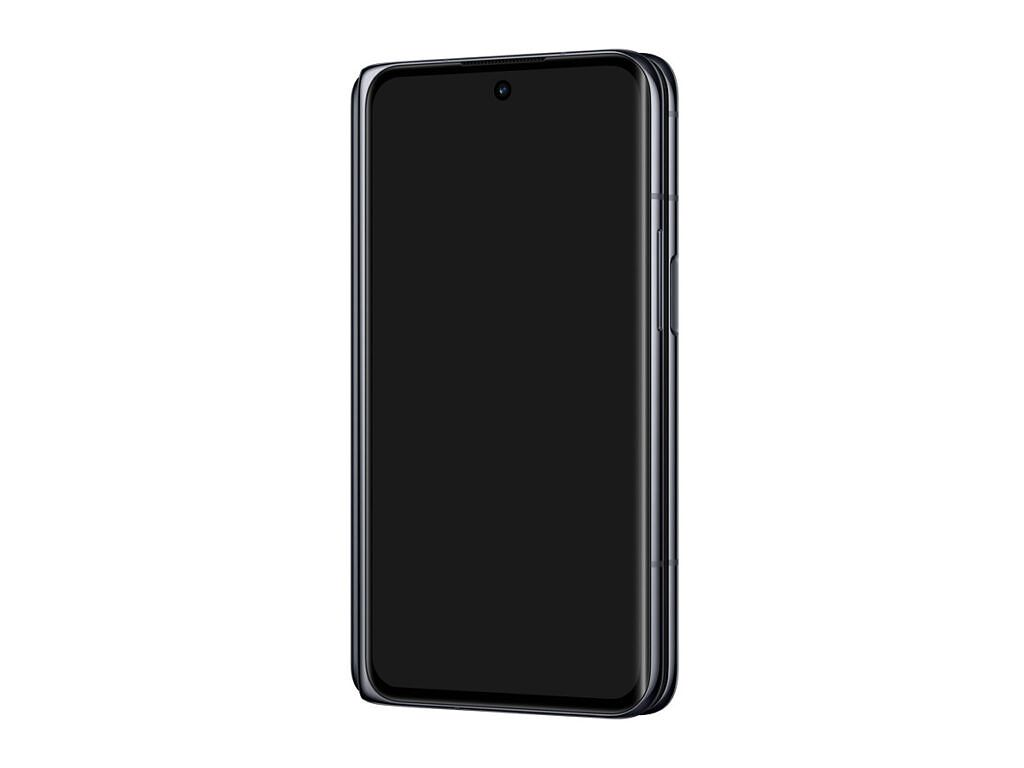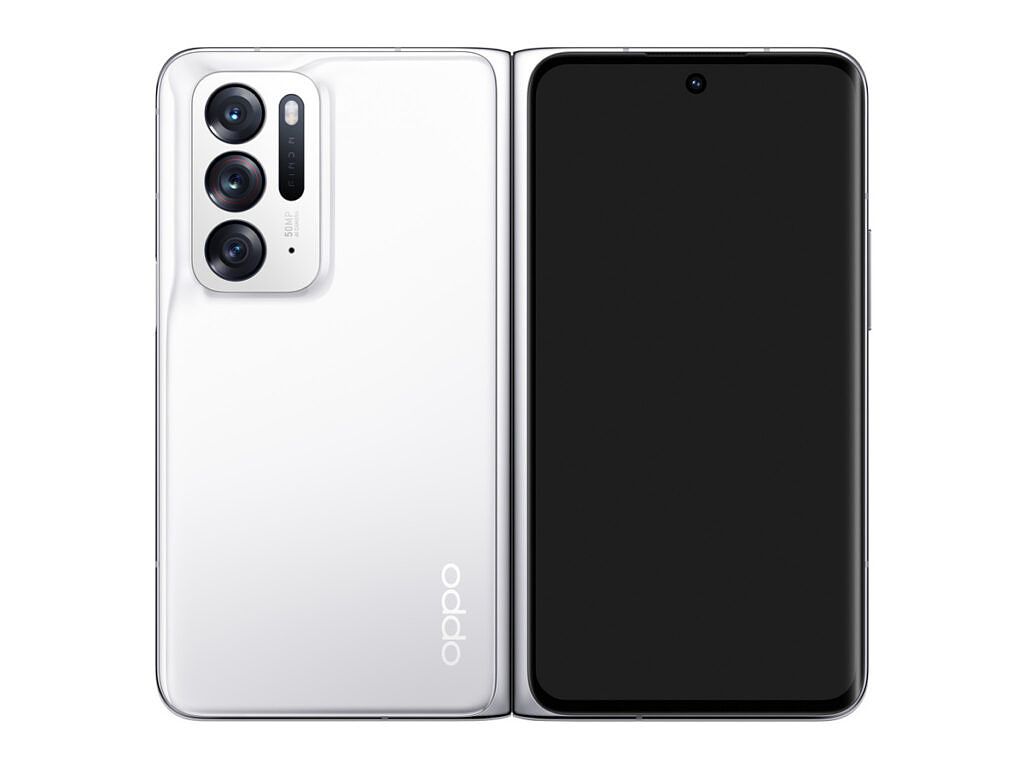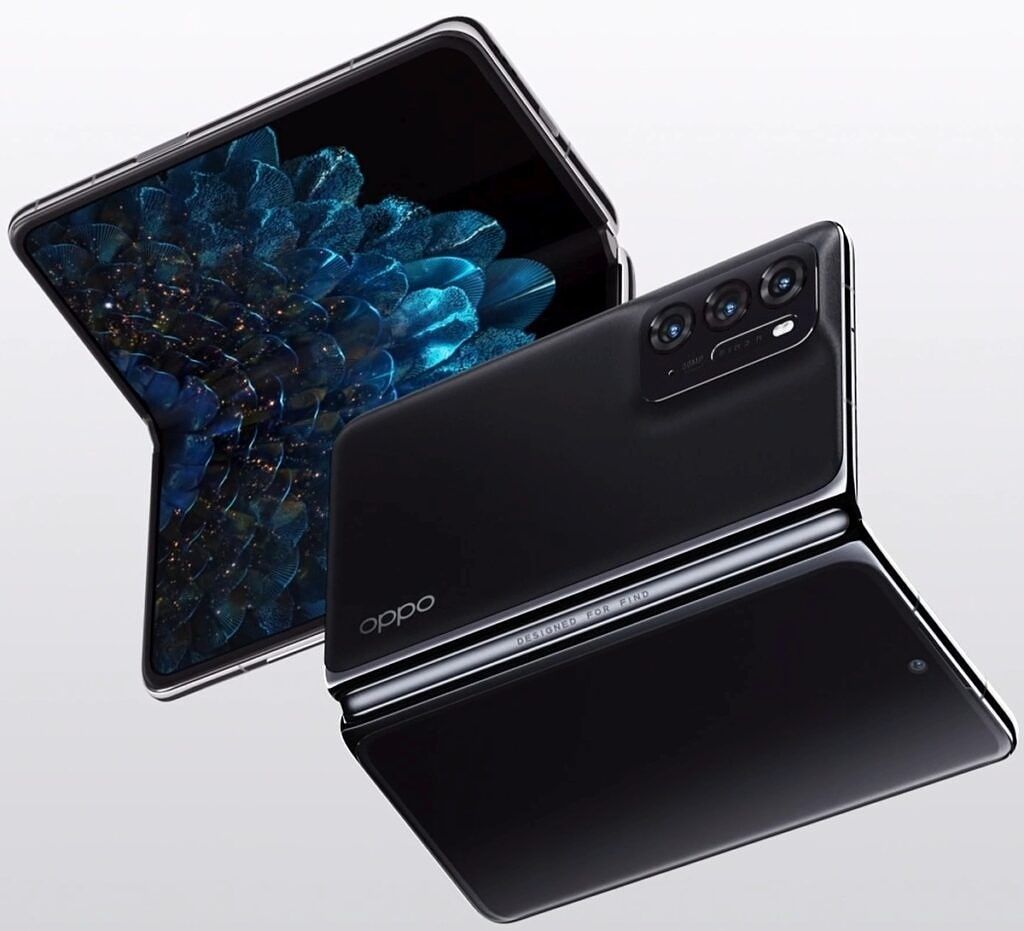After months of rumors and an official tease last week, OPPO has finally unveiled full details for its first-ever foldable phone, the OPPO Find N. The announcement was made at the company’s annual Inno Day event, which also saw the unveiling of a pair of “assisted reality” smart glass and a new image signal processing chip.
The OPPO Find N is an inward-folding device similar to Samsung’s trendsetting Galaxy Z Fold series, with the most notable difference coming in display aspect ratio. Samsung’s Galaxy Z Fold 3, for example, has an elongated, TV remote-like form factor when folded, which results in a very tall and skinny outside screen aspect ratio of 25:9. The Find N’s outside screen (5.5-inch, 1972 x 988) has a conventional 18:9 aspect ratio. This means the Find N will feel closer to a "normal phone" when folded (and that 5.5-inch size will make it feel very compact). This also means, however, the device will be extra wide when unfolded. In fact, the Find N's 7.1-inch inside screen (1792 x 1920) opens up to landscape orientation by default.
OPPO engineers say this is all by design: they wanted an outside screen that didn’t feel too cramped and an inside screen that’s ideal for videos and games. The inside foldable screen looks impressive so far on paper: it’s a 120Hz LTPO panel with a refresh rate that varies between 1Hz to 120Hz, and like Samsung’s foldables, it's covered by UTG (ultra-thin glass) for a less plasticky feel. But unlike Samsung's foldables, the Find N's screen does not have as noticeable a crease, because OPPO adopted the same “waterdrop” hinge technology used by Huawei and Motorola for their foldables. The hinge also folds completely flat with no gap, and OPPO says it's been tested to withstand over 200,000 folds.
The OPPO Find N’s hinge can also stay mid-way folded at any angle, which allows the device to be used in a laptop-like form factor. OPPO calls this feature “FlexForm,” not too far from Samsung’s “Flex Mode” billing.
The Find N weighs 275g and measures 15.9mm in thickness when folded, both of these numbers are slightly heavier and thicker than the Z Fold 3's 271g and 14.8mm, but they beat the Huawei Mate X2 and Xiaomi Mix Fold, both of which are heavier and thicker.
For optics, the Find N packs a triple camera main system headlined by a 50MP, 1/1.56-inch Sony IMX766 sensor, along with a 16MP ultra-wide and 13MP telephoto camera, both also Sony sensors. There are also a pair of 32MP sensors. Unfortunately, the OPPO Find N runs on the Qualcomm Snapdragon 888 SoC instead of the new Snapdragon 8 Gen 1 (OPPO said the Find N was in development far before the new SoC became available), which means the Find N will also not be using OPPO's new MariSilicon X imaging chip, instead, imaging will be handled by the Snapdragon 888's built-in ISP.
There's also a 4,500 mAh battery that can be topped up at 33W wired and 15W wirelessly, and it also supports 10W reverse wireless charging. Unfortunately, the OPPO Find N does not have an official water resistance rating, but company reps claim the phone can withstand splashes of water.
For fans of foldables, the introduction of another player in the game is exciting, especially since the OPPO Find N seems to combine the best of Samsung’s and Huawei’s designs. But there’s good and bad news.
The bad: the Find N will be sold in China only for now, though company reps did not rule out an international release down the line when asked by media in a pre-briefing session.
The good: this is the cheapest large screen foldable yet, with a retail price that starts at 7,699 yuan (which converts to roughly $1,200). Samsung’s Galaxy Z Fold 3, by comparison, starts at $1,799, and Xiaomi’s Mix Fold sells for about the equivalent of $1,500.
We will get our hands on a review unit soon so stay tuned to XDA for more coverage on the OPPO Find N.

